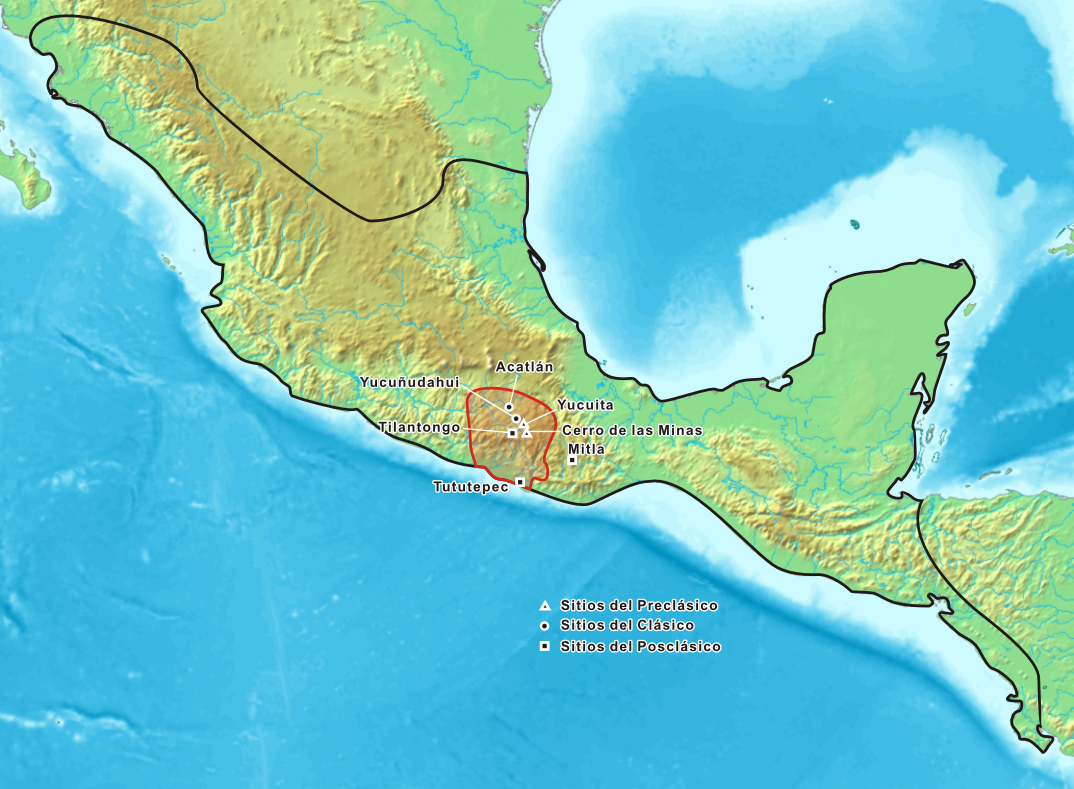Dune is a movie that I have been waiting for for a long time.

I tried to manage my expectations. I really did. But I failed. And that’s okay because this movie is fantastic. It met every expectation that I had and surpassed them.
It’s a problem inherent in every movie adaptation. Too many times readers have been disappointed by movie adaptations made by people that don’t seem to understand the source material. We can’t always expect to get the Peter Jackson treatment, as much as we all wish that wasn’t the case. But this time, this time readers were not let down.
This movie is amazing in so many ways. I was worried that all of the lore and politics that the book dwells on so much would seem hamfisted in the movie. I was totally wrong. So wrong. Villeneuve and company distilled all of that worldbuilding into its most essential elements. It all just worked. Everything was made with an obvious appreciation for the source material that is hard to find in movie adaptations.
However, I really want to talk about what made the movie better than the book. Yes, you read that right. Sometimes the movie is better. In some ways. Sometimes.
Here, the movie succeeds in how large the world feels. Science fiction is littered with planets that feel like villages. The book series that is Dune is filled with a few planets that feel like universes. In the first several books the narratives focus exclusively on events that take place on Arrakis. That single planet feels big and there is a lot that happens there. We are told that there is much more out there in the rest of the universe but we mostly have to take the narrator’s word for it. In Dune Messiah we are told that Paul’s armies have rampaged across the known universe, but we are only told that. We aren’t shown that. We only ever focus on the lives and actions of a handful of characters.
That’s okay. It’s characters who are at the heart of any narrative. But it’s also hard to feel like the rest of the universe is really out there. The movie doesn’t have that problem and that is where it really shines.
From the book, we know that the Atreides are one of the great houses and that they are powerful. In the movie, we see that. We see that in the army behind them at the signing ceremony chanting “Atreides” and in all the pomp and ceremony that we see when the Atreides arrive on Arrakis.
Everything in the movie is big. All of it is focused on Paul and the other main characters, but everything around them is so much bigger than they are.
Honestly, it’s nearly perfect. Just go watch it. And then watch it again. And again! In my mind, Dune is to SciFi what Lord of the Rings is to Fantasy. They’re not the end all be all, but their shadows loom large. It’s so good to see Dune finally get the treatment it deserves on the big screen.
![A Memory Called Empire (Teixcalaan Book 1) by [Arkady Martine]](https://m.media-amazon.com/images/I/51iPSMAuWRL.jpg)

![The Last Watch (The Divide Series Book 1) by [J. S. Dewes]](https://m.media-amazon.com/images/I/51M19wnWG5L.jpg)
![Hyperion (Hyperion Cantos, Book 1) by [Dan Simmons]](https://m.media-amazon.com/images/I/517wRHsyf6L.jpg)




